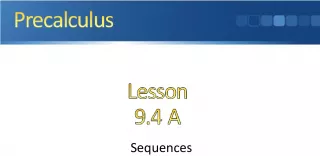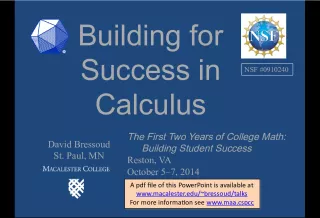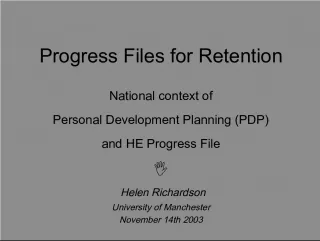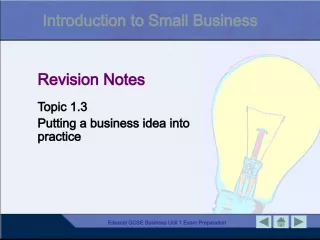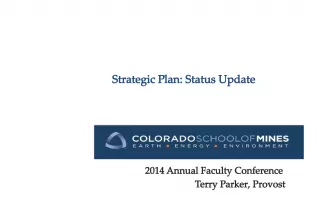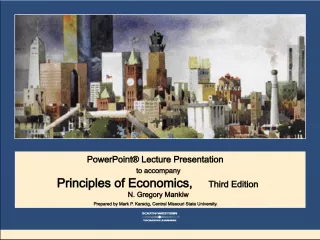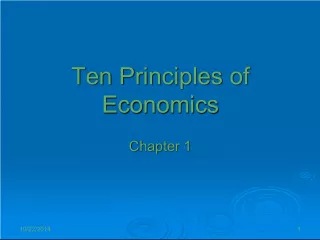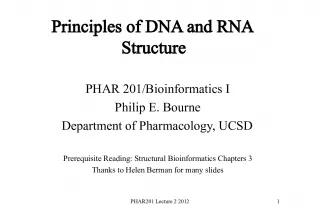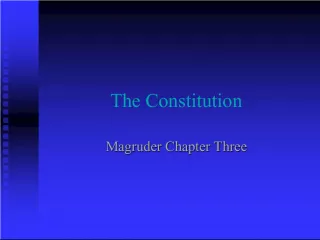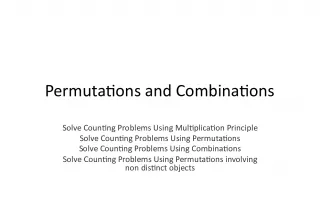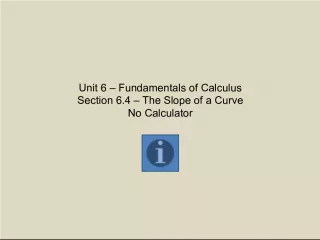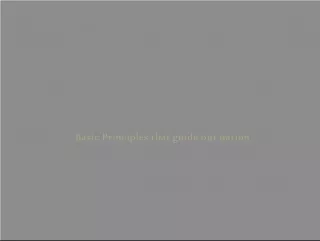Maths Aim Higher: Calculus of Small Increments from First Principles


Learn how to define derivatives using first principles. Practice with quadratics, rational and surdal expressions, and take a check test.
- Uploaded on | 2 Views
-
 josefina
josefina
About Maths Aim Higher: Calculus of Small Increments from First Principles
PowerPoint presentation about 'Maths Aim Higher: Calculus of Small Increments from First Principles'. This presentation describes the topic on Learn how to define derivatives using first principles. Practice with quadratics, rational and surdal expressions, and take a check test.. The key topics included in this slideshow are . Download this presentation absolutely free.
Presentation Transcript
Slide1Maths Aim HigherCalculus of Small increments
Slide2A first principles approachIn general, the derivative f ’ (x) evaluated at x = a can be defined as Click here to see how this works with quadratics
Slide3Practice makes perfect !Click here to practice first principles on quadratics Click here for first principles applied to rational expressions Click here to apply first principles to surdal expressions Click here for a check test on first principles
Slide4Setting up a formulaAnother way to express this is …. If P ( x, y ) is a point on the curve y = f (x) and Q (x + , y + ) is close to P. Then is a small increase in x , and is the corresponding increase in y.
Slide5The formula is establishedNow, by definition. So when is small, Hence, We can now investigate changes affecting other variables
Slide6Example: y = ln xWe know that Hence When x = 1, y = ln 1 = 0 Taking (small) and Then ln 1.1 = = 0 + 0.1 = 0.1 So ln 1.1 0.1
Slide7Percentage incrementsIf x increases by r% then Hence, corresponding % increase in y is given by Let’s see an example in action ……..
Slide8The pendulum problemGiven Find % change in T when l is increased by 2% Well, So Given And so …………
Slide9Pendulum problem (ctd)Since Then So % change in T = So period T increases by 1%

